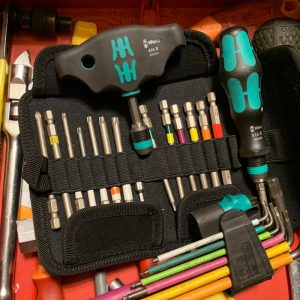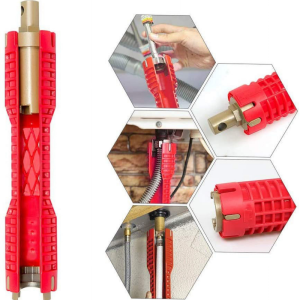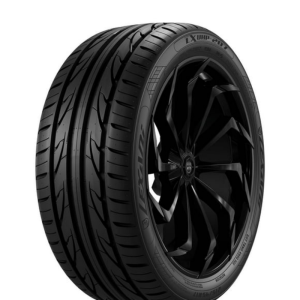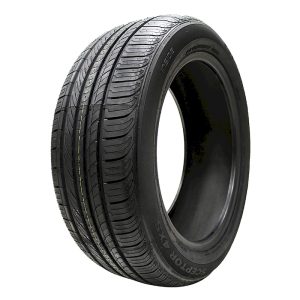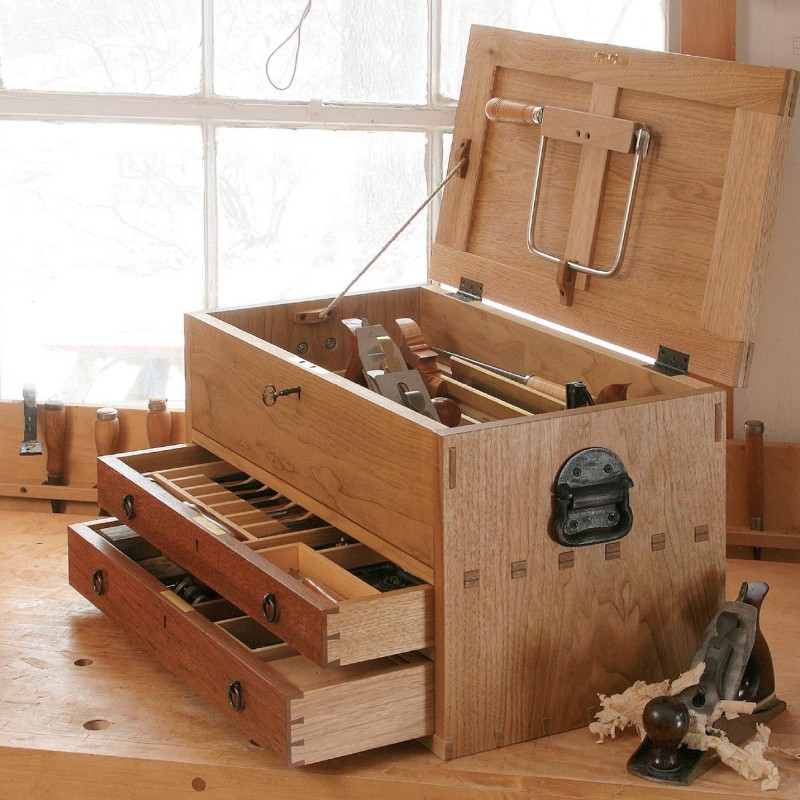
Carpentry is an ancient craft that combines art, skill, and precision. A vital aspect of woodworking is knowing the types of hand tools used in carpentry. These tools have unique purposes that can significantly influence the quality and efficiency of your work. While modern power tools have gained popularity, the charm and accuracy of hand tools remain unparalleled. Whether you are a seasoned carpenter or a budding hobbyist, understanding these tools is crucial for creating stunning wooden projects. This article will break down the various types of hand tools that every carpenter should be familiar with. We will discuss their specific uses, characteristics, and tips for choosing the right tool for your carpentry needs. By the end, you will have a thorough understanding of not only the tools themselves but also their roles in successful woodworking.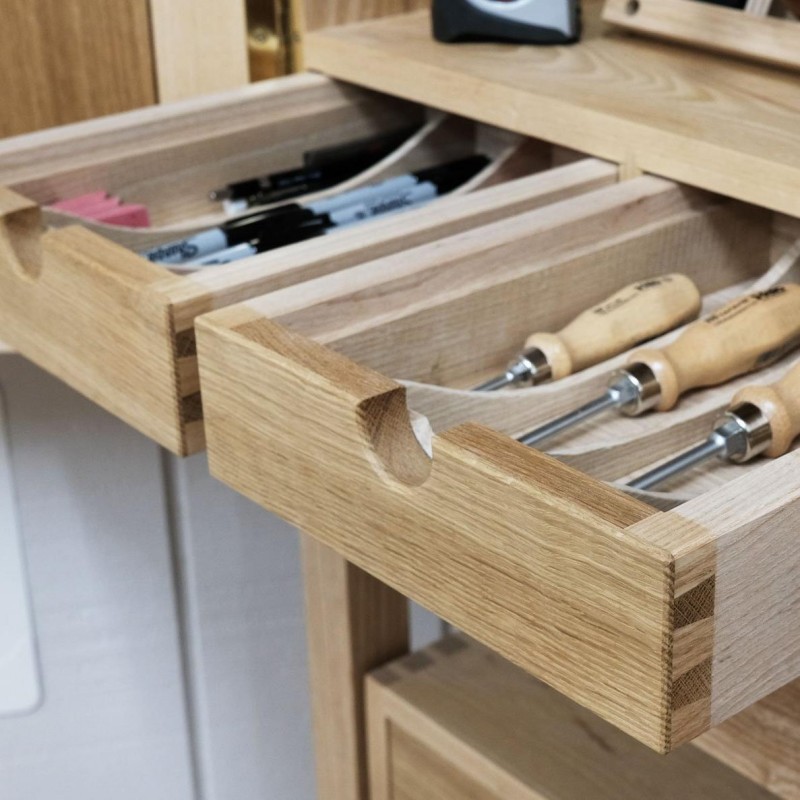
The Importance of Hand Tools in Carpentry
Before we dive into the specific types of hand tools used in carpentry, it’s vital to understand the significance of these tools in the craft. Hand tools offer several advantages:
Precision and Control
One of the primary benefits of using hand tools is the level of precision they provide. Many carpentry tasks require a steady hand and fine detail, especially in joinery and finishing. Tools like chisels and hand planes enable carpenters to make delicate adjustments.
Versatility
Hand tools are incredibly versatile. They can adapt to various projects, whether you’re crafting furniture, building cabinets, or performing repairs. The variety of hand tools allows carpenters to work on different types of wood and tasks without needing specialized equipment.
Portability
Hand tools are lightweight and easy to transport. This portability makes them ideal for on-site work where power sources may not be available. Carpenters can pack their essential tools easily and take them to job sites without hassle.
Skill Development
Using hand tools allows carpenters to hone their skills. Working manually enhances a carpenter’s expertise in techniques and methods, leading to better craftsmanship. Over time, experience with hand tools builds a deeper understanding of the materials and the woodworking process.
Essential Types of Hand Tools Used in Carpentry
Now, let’s explore the essential types of hand tools used in carpentry. Each tool plays a critical role in woodworking and can be categorized based on its primary function. Here are the foundational categories:
Cutting Tools
Cutting tools are essential in carpentry for shaping and sizing wood. Without the right cutting tools, achieving the desired dimensions would be nearly impossible.
Hand Saws
Hand saws come in various types, from panel saws to back saws. They are primarily used to cut wood across or with the grain. Each saw serves specific purposes:
- Panel Saw: Ideal for crosscutting larger panels of wood.
- Rip Saw: Designed to cut along the grain.
- Back Saw: Provides a finer, controlled cut, perfect for joints.
Choosing the right hand saw depends on the nature of your project. For intricate work, a back saw is advantageous, while a panel saw is great for larger cuts.
Chisels
Chisels are among the most versatile hand tools in carpentry. They feature a sharp blade that allows carpenters to carve, shape, and refine wood. Chisels come in various sizes and shapes, including:
- Bevel-edged Chisel: Excellent for a range of tasks.
- Mortise Chisel: Designed specifically for creating mortises in joints.
- Paring Chisel: Used for fine finishing work.
Each chisel has a different application, so having a variety on hand is beneficial.
Planing Tools
Planing tools are designed to smooth rough edges and surfaces of wood, making them more manageable to work with. A few essential planing tools include:
Hand Planes
Hand planes are indispensable for shaping wood. They come in different styles:
- Jack Plane: A general-purpose plane for leveling and smoothing.
- Smooth Plane: Designed for fine smoothing of wood surfaces.
- Block Plane: Ideal for precise, small tasks and trimming end grains.
Planing helps achieve the desired thickness and finish, contributing to a polished final product.
Spokeshave
A spokeshave is a unique hand tool used for shaping and smoothing curved surfaces. Carpenters often use this tool for creating furniture components like chair legs or curved edges in cabinetry.
Measuring and Layout Tools
Accurate measurements are the backbone of carpentry. It is crucial to have the right measuring tools to ensure precision. Here are some key measuring and layout tools:
Tape Measure
A tape measure is a staple in any carpenter’s toolbox. It allows for convenient measuring of lengths and widths. Look for a durable tape measure that locks securely and has clear, easy-to-read markings for ease of use.
Square
A framing or combination square is critical for ensuring angles are correct. A square helps establish 90-degree angles when measuring and marking wood. Carpenters use it to guide cuts and ensure their pieces fit together perfectly.
Level
A level is essential for checking the horizontal and vertical alignment of surfaces. Using a level ensures that structures are stable and flat, which is critical for both aesthetics and functionality in woodworking projects.
Fastening Tools
Fastening tools are crucial for securing joints and assembling different parts of a structure. Here are some vital types of fastening tools used in carpentry:
Hammer
A good hammer is an indispensable tool for anyone in carpentry. Hammers come in various designs, each suited to specific purposes:
- Claw Hammer: Versatile for driving in nails or removing them.
- Sledge Hammer: Used for heavy-duty work, such as driving stakes.
- Tack Hammer: Perfect for lighter jobs, like upholstery work.
Choosing the right hammer contributes significantly to the ease and effectiveness of your work.
Screwdrivers
Screwdrivers are essential for driving screws into wood. They come in different types and sizes, including:
- Flathead Screwdriver: Designed for slotted screws.
- Phillips Screwdriver: Suitable for cross-head screws.
Having a variety of screwdrivers on hand will enable you to handle different tasks efficiently.
Sharpening and Maintenance Tools
Maintaining your tools is as important as using them. Proper care ensures they remain effective and lasts longer. Here are some tools to keep your hand tools in tip-top shape:
Sharpening Stones
A sharp edge is crucial for efficient work. Sharpening stones allow carpenters to maintain chisels, knives, and plane blades. Using different grits can help refine the edge to a fine finish.
Oil and Rags
Regular lubrication and cleaning extend the life of your hand tools. Apply woodworking oil to metal parts, and keep your tools clean with rags to prevent rust and damage.
Specialty Tools
In addition to the essential categories mentioned, several specialty tools exist that serve unique functions in carpentry:
Coping Saw
A coping saw is a tool designed for intricate cuts. It allows carpenters to create curves and other detailed shapes in wood. This is particularly useful in trimming and joinery work.
Dovetail Saw
A dovetail saw is specifically designed for making precise cuts in joinery, particularly dovetail joints. This saw’s thin blade and back enable accuracy essential for this type of collaborative work.
Cabinet Scraper
A cabinet scraper is handy for smoothing surfaces without using a plane. Its thin metal blade can remove fine shavings, allowing carpenters to refine surfaces without the risk of removing too much material.
Choosing the Right Hand Tools for Your Carpentry Needs
With an array of tools available, selecting the right ones can seem overwhelming, especially for novice woodworkers. Here are some tips to help you make the best choices for your projects:
Assessing Your Projects
Before investing in tools, consider the types of projects you’ll be working on. If you primarily build furniture, focus on tools that enhance precision and offer versatility. However, if you’re delving into construction, prioritize tools suited to larger-scale work.
Quality Over Quantity
While it’s tempting to amass a large collection of hand tools, focusing on high-quality tools is essential. Investing in durable and reliable tools can enhance your carpentry experience, as they perform better and reduce frustration.
Ergonomics and Comfort
Comfort should never be overlooked. Choose tools that feel comfortable in your hands and are easy to manipulate. This will allow you to work longer and more effectively without fatigue.
Learning and Experimenting
Be open to learning about different tools and their specific uses. Attend woodworking workshops, read books on carpentry, and explore various online resources. The more you learn, the better equipped you will be to make informed decisions on your tool choices.
Conclusion
Understanding the different types of hand tools used in carpentry is fundamental for anyone keen on woodworking. Each tool contributes uniquely to the quality and efficiency of the projects you undertake. From cutting and fastening to precision measuring and maintenance, the vast array of hand tools available to carpenters reflects the depth and richness of this craft. Whether you’re just starting or have experience, mastering these tools can greatly enhance your skills and outcomes. As you delve deeper into carpentry, remember that practice and patience play significant roles in honing your craft. Equip yourself with the right hand tools, care for them, and embrace the art of carpentry for years to come. The satisfaction of creating beautiful, functional wooden pieces is well worth the effort invested.

